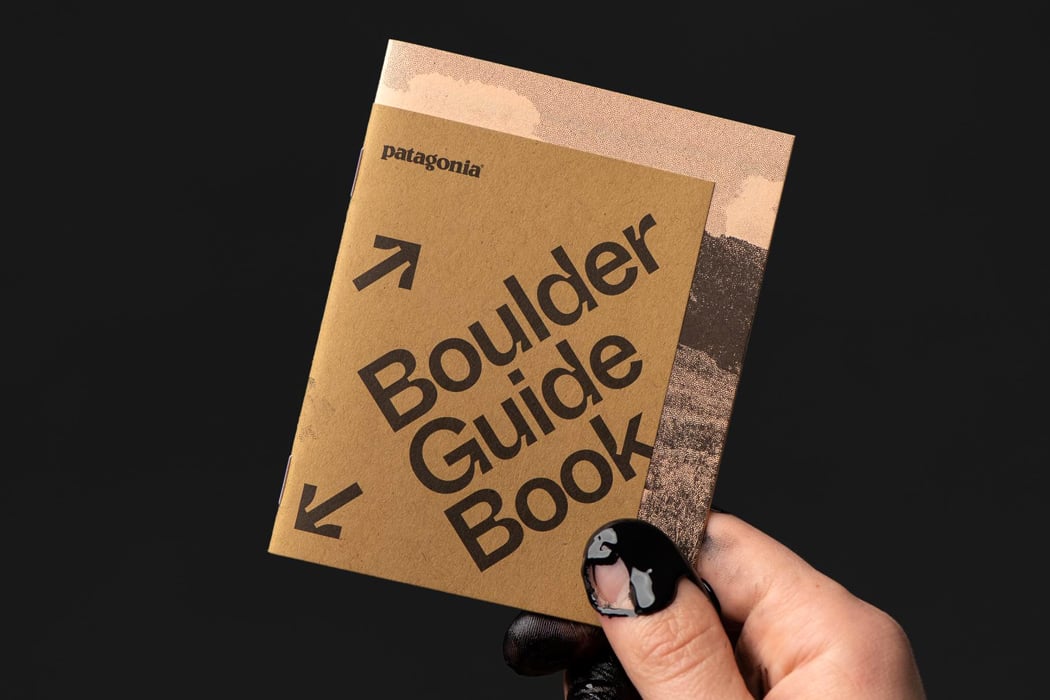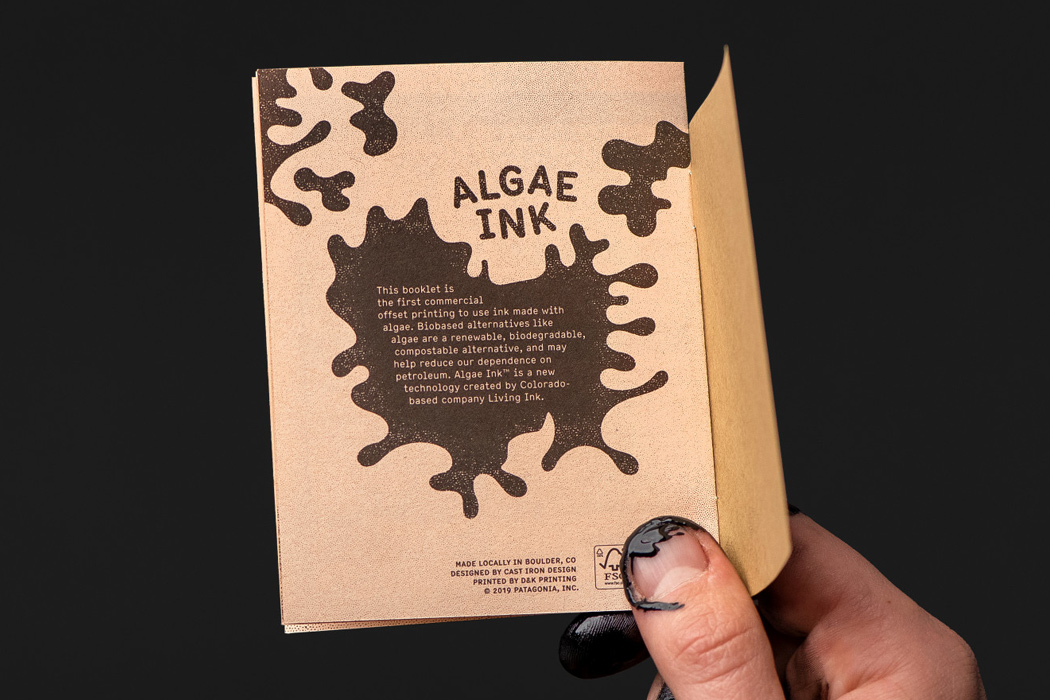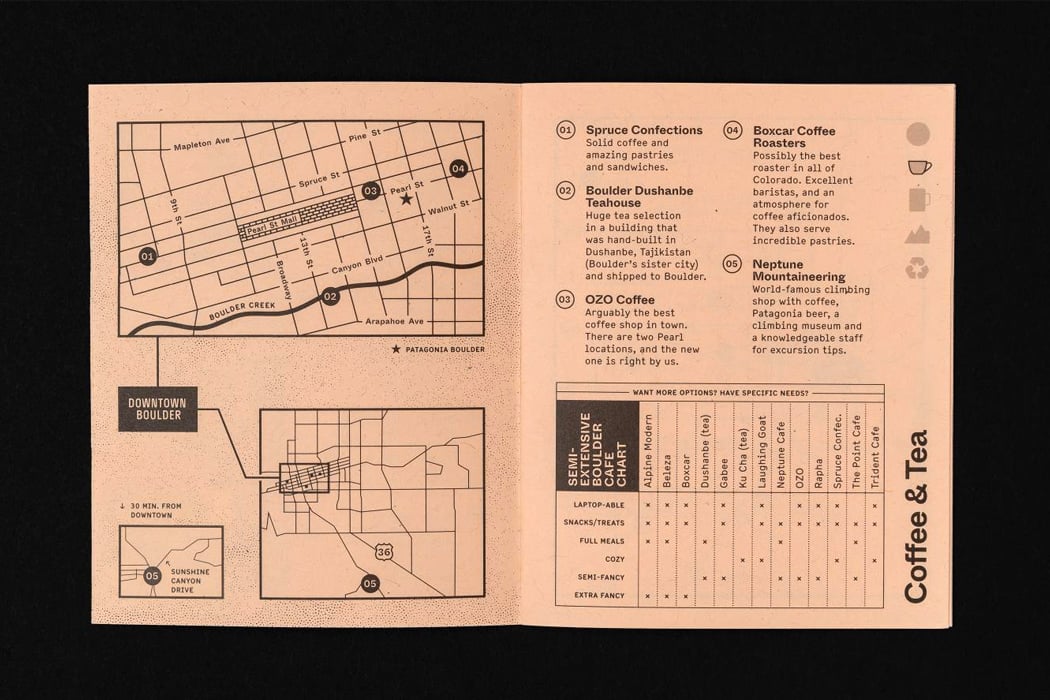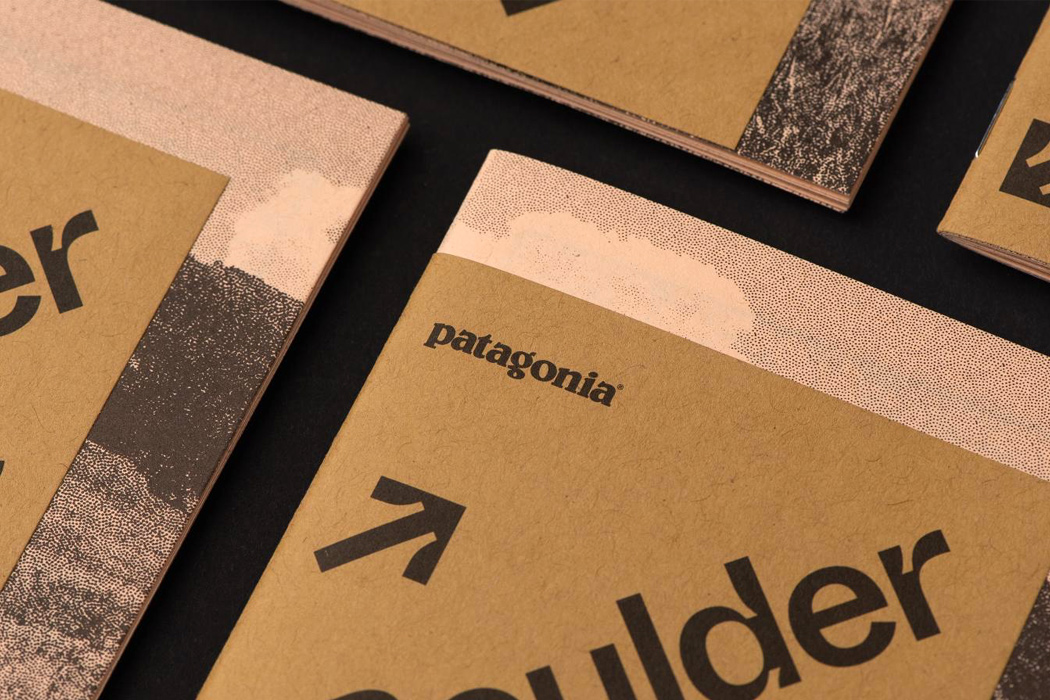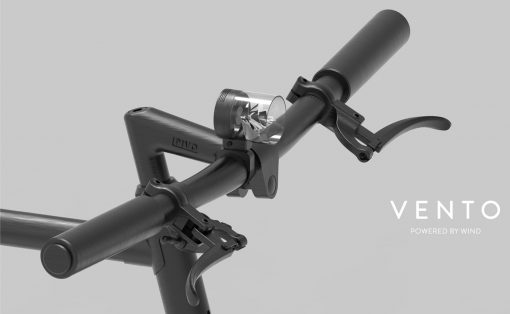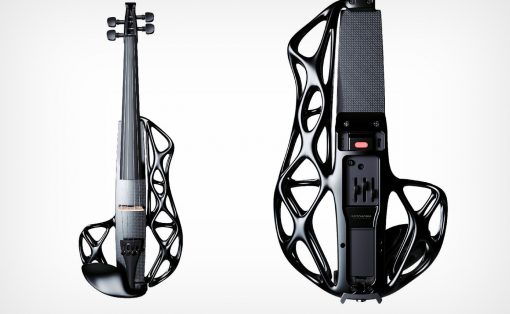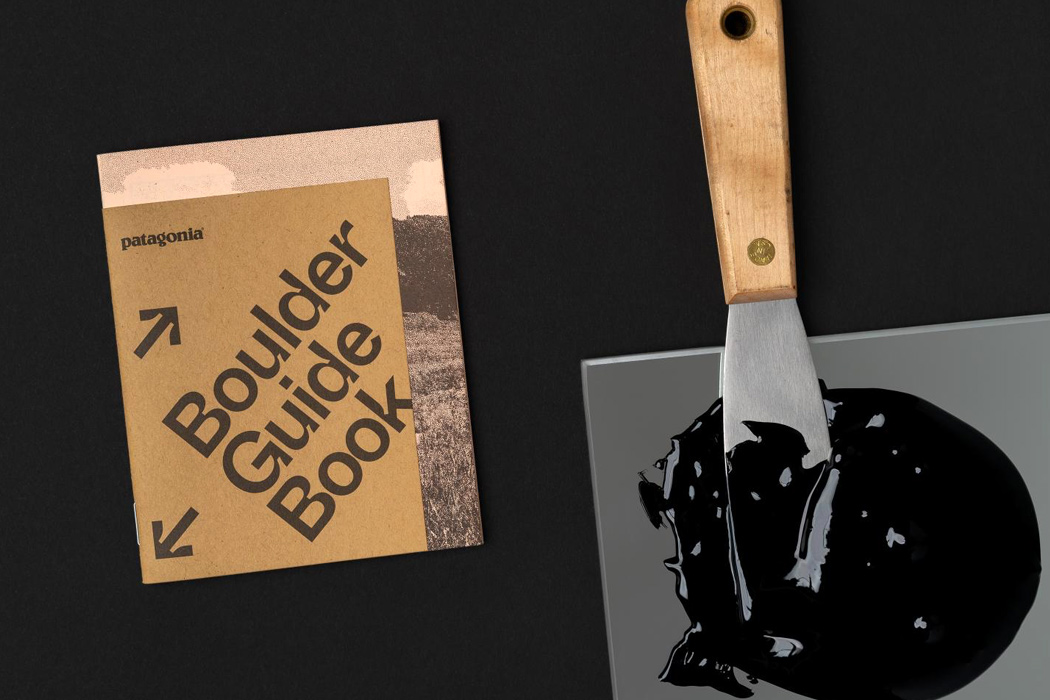
A while ago, the clothing company aka eco enthusiasts Patagonia approached Cast Iron Design with a proposition to create a printed guide to Boulder, Colorado. Cast Iron Design happily accepted, but they had some big plans in mind, or might I say “green” plans in mind. In an attempt to stay true to Patagonia’s eco-friendly philosophy, Cast Iron Design collaborated with Living Ink, procuring a black pigment from them to print the guide with. However, this is no ordinary pigment, it’s been derived from the algae Spirulina.
Designer: Cast Iron Design
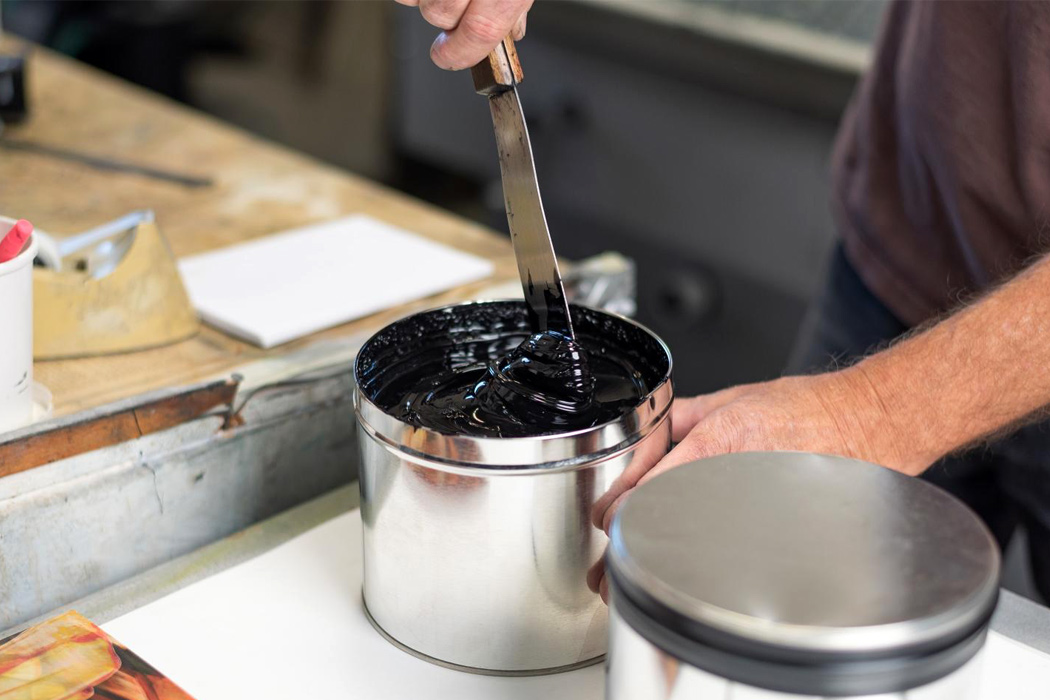
The rustic little brown pocket guide is the world’s first use of algae offset ink! Living Ink utilized a subtle thermal procedure to convert the algae into a dark pigment. The algae act as a sustainable alternative to the usual petroleum-based pigments present in ink. After undergoing purification and milling, the algae pigment is combined with vegetable oil and other additives to create the black colored ink.
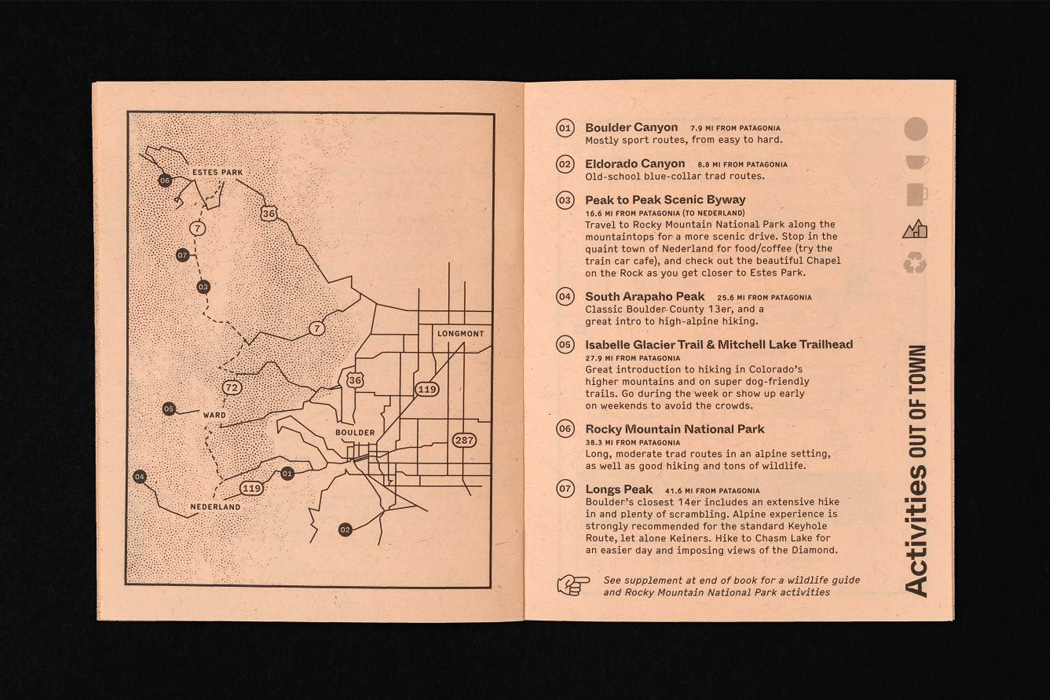
Via offset printing, the ink is used to imprint the contents of the guide onto the paper. Did we mention that the paper used to create the booklet is 100% PCW recycled! The carbon-neutral guide comprises of chlorine-free recycled fibers, so not only is the ink sustainable but so are the pages!
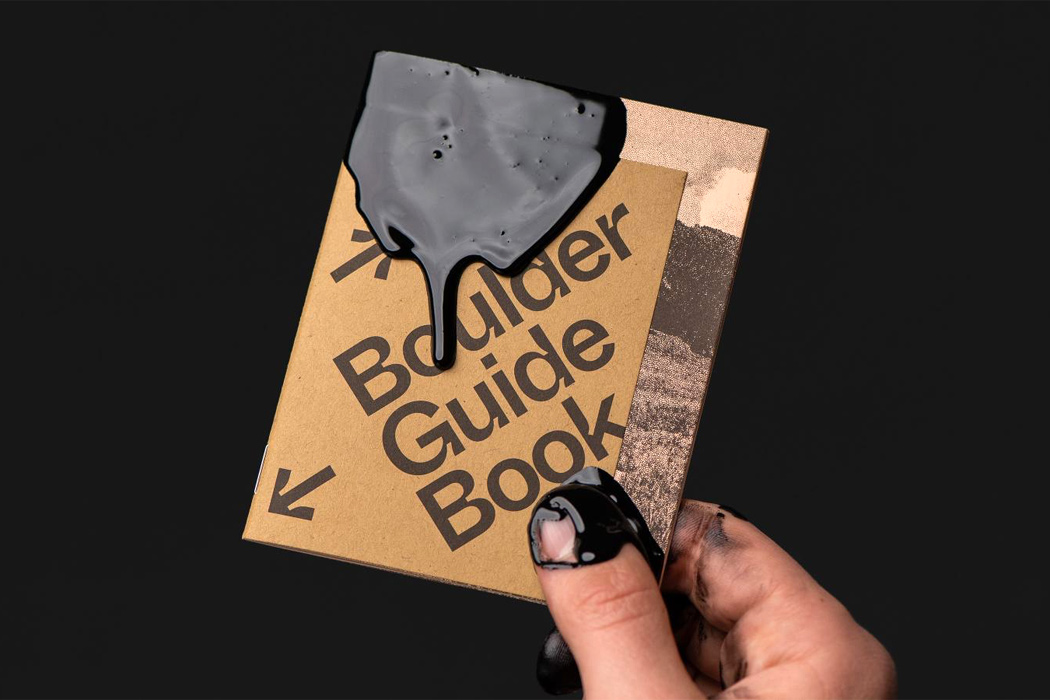
Cast Iron Design believes that though this may look like “a seemingly inconsequential achievement on its own, small victories like this push the industry towards a more sustainable future.” And I wholeheartedly agree! Algae ink pigment could be a renewable and significant alternative to other petroleum-based options. With 8000 copies of Patagonia’s Boulder Guide Book being printed and circulated, we are one small step closer to a sustainable world. Kudos to Cast Iron Design, Living Ink and Patagonia for doing their bit!
